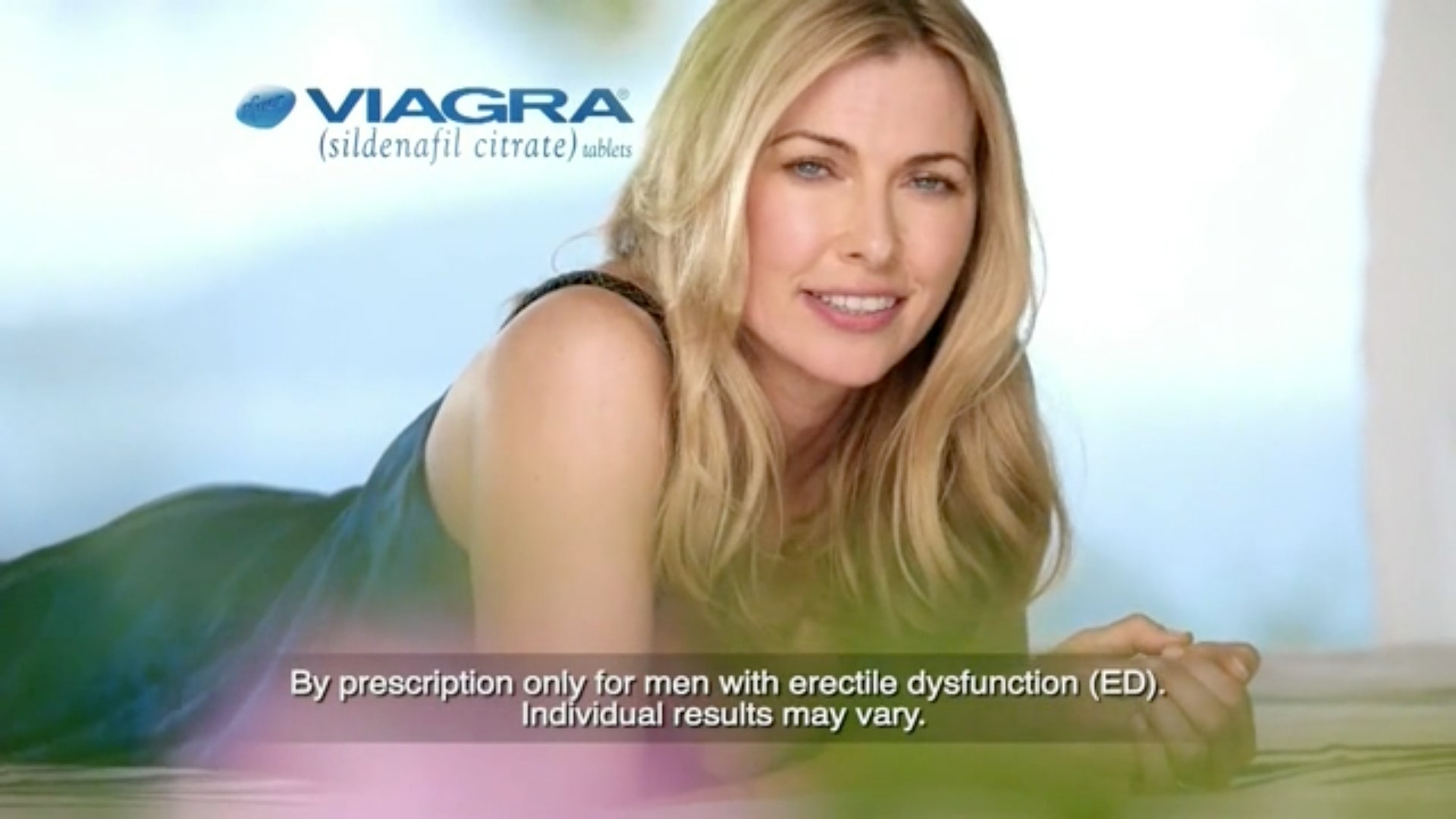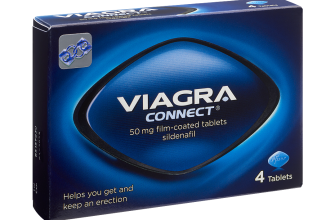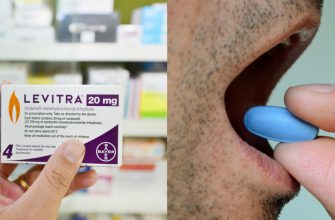Focus your Viagra ad campaign on showcasing the renewed confidence and improved intimacy it offers. Highlight real-life scenarios, featuring diverse couples enjoying active and fulfilling lives. Forget the tired tropes – instead, aim for authentic representation and relatable situations.
Consider using a split-screen approach in your video ads. One side shows the struggles of erectile dysfunction, the other showcases the positive transformation Viagra provides. This clear before-and-after comparison powerfully illustrates the product’s benefits without relying on clichés.
Remember: Your target audience values authenticity. Avoid overly polished perfection; embrace natural lighting and genuine expressions. Short, impactful storytelling is key. A 30-second ad focusing on a single, powerful narrative is far more effective than a longer, rambling spot.
Pro Tip: Incorporate subtle humor. A well-placed, tasteful joke can make your ad memorable and increase engagement without alienating your audience. Always prioritize tasteful humor over shock value.
Test different ad creatives across various platforms. Analyze the results meticulously, paying close attention to key metrics like click-through rates and conversion rates. Use this data to refine your strategy and maximize your return on investment.
- Viagra Ad: A Detailed Analysis
- Target Audience and Messaging
- Visual Elements and Design
- Call to Action
- Data-Driven Approach
- Table of Key Performance Indicators (KPIs)
- Regulatory Compliance
- Target Audience Identification in Viagra Ads
- Psychographic Targeting: Beyond Demographics
- Channel Selection: Reaching the Right Men
- Messaging and Tone: Avoiding Stereotypes
- Measuring Success: Key Performance Indicators
- The Role of Imagery and Symbolism in Viagra Advertising
- Language and Tone Used in Viagra Commercials
- The Effectiveness of Celebrity Endorsements in Viagra Ads
- Analyzing the Use of Humor in Viagra Advertising
- The Ethical Considerations of Viagra Advertising
- Transparency and Accuracy
- Responsible Representation
- Compliance and Regulation
- The Evolution of Viagra Advertising Strategies Over Time
- Measuring the Success of Viagra Advertising Campaigns
Viagra Ad: A Detailed Analysis
Focus your Viagra ad on addressing specific male concerns directly. Avoid vague promises; instead, highlight tangible benefits like improved confidence and stronger intimacy. Use clear, concise language, emphasizing the product’s efficacy and safety.
Target Audience and Messaging
Tailor your messaging to different age groups. Younger men respond well to ads emphasizing enhanced performance and vitality. Older men might appreciate ads focusing on maintaining sexual health and overall well-being. Use visuals that resonate with each demographic; avoid stereotypes.
Visual Elements and Design
Employ high-quality images and videos depicting happy, healthy couples in realistic settings. Avoid overly sexualized or unrealistic portrayals. Ensure your visuals are diverse and inclusive. A simple, clean design maximizes impact.
Call to Action
Provide clear, concise instructions for obtaining Viagra. Include a website address, phone number, or other contact information. Consider offering a free consultation or trial period to encourage engagement.
Data-Driven Approach
Track ad performance rigorously. Analyze key metrics like click-through rates, conversion rates, and cost-per-acquisition. This data informs future ad campaigns, optimizing their effectiveness.
Table of Key Performance Indicators (KPIs)
| KPI | Target | Measurement Method |
|---|---|---|
| Click-Through Rate (CTR) | 5% | Google Analytics |
| Conversion Rate | 2% | Website analytics |
| Cost Per Acquisition (CPA) | $50 | Advertising platform data |
Regulatory Compliance
Strictly adhere to all advertising regulations regarding pharmaceuticals. Ensure your ad accurately represents the product and includes necessary disclaimers and warnings. Seek legal counsel to guarantee compliance.
Target Audience Identification in Viagra Ads
Viagra ads successfully reach their target audience through precise demographic and psychographic targeting. Men aged 40-70, predominantly from higher socioeconomic groups, represent the core demographic. This is based on studies showing correlation between Viagra usage and income levels, suggesting an ability to afford the medication. However, successful campaigns expand beyond simple demographics.
Psychographic Targeting: Beyond Demographics
Focusing solely on age and income overlooks key psychographic factors. Ads successfully appeal to men concerned about maintaining vitality and sexual performance, emphasizing improved confidence and intimacy. They also target men who value active lifestyles and desire to enjoy a fulfilling sex life well into later years. This requires messaging that resonates with those values, avoiding patronizing or overly clinical language.
Channel Selection: Reaching the Right Men
Strategic channel selection is paramount. Print advertisements in magazines targeting mature men with interests in health and wellness yield strong results. Online ads, especially on reputable health and fitness websites, supplement this approach. However, care must be taken to avoid channels associated with harmful stereotypes or potentially offensive content. The goal is tasteful, respectful presentation.
Messaging and Tone: Avoiding Stereotypes
Messaging should emphasize improved quality of life and relationships. Avoid relying on tired, stereotypical depictions of masculinity or solely focusing on physical performance. Instead, focus on the positive impact on overall well-being and emotional connection with partners. A confident, informative, and reassuring tone is key to building trust and generating positive response.
Measuring Success: Key Performance Indicators
Successful campaigns measure not only sales but also brand awareness and perception. Tracking website traffic, social media engagement, and prescription numbers provides a holistic view of effectiveness. Analyzing these metrics helps fine-tune future campaigns to maximize impact and return on investment. Continuous monitoring and adaptation are vital.
The Role of Imagery and Symbolism in Viagra Advertising
Viagra ads skillfully employ imagery and symbolism to connect with their target audience. Instead of directly addressing erectile dysfunction, they subtly suggest vitality and renewed confidence.
Active lifestyles are frequently depicted. Think sun-drenched beaches, adventurous hikes, or couples engaging in playful activities. These visuals imply enhanced physical capability and improved energy levels, indirectly linking them to the drug’s effects.
Symbolic use of color is also significant. Blues and greens often feature, subconsciously associating Viagra with feelings of calm and rejuvenation. The avoidance of harsh colors contributes to a sense of comfort and trustworthiness.
Subtle body language speaks volumes. Men portrayed exude confidence and self-assurance through posture and facial expressions. This visual communication directly addresses the anxieties often associated with erectile dysfunction.
Couples are frequently shown together, radiating happiness and intimacy. This imagery effectively counters negative stereotypes associated with impotence and promotes the idea of restored intimacy and improved relationships.
Careful selection of settings enhances the message. Scenes portray couples in romantic or adventurous settings, reinforcing the connection between Viagra and improved quality of life.
Avoiding explicit visuals is a key strategy. The advertising relies on implication and suggestion rather than direct representation of sexual acts. This approach maintains a sense of sophistication and avoids alienating potential customers.
In short, Viagra advertising masterfully utilizes imagery and symbolism to create a positive association with the product, focusing on the enhanced lifestyle it supposedly offers rather than the condition it treats.
Language and Tone Used in Viagra Commercials
Viagra commercials prioritize straightforward, optimistic language. They avoid complex medical jargon, instead using clear, easily understandable terms to describe erectile dysfunction and its treatment. The tone is generally positive and reassuring, focusing on improved relationships and quality of life. Ad copy often features active verbs and emphasizes the regaining of control and confidence.
Humor is sometimes subtly employed, but always tastefully. The ads avoid anything overtly sexual or suggestive. Instead, they rely on relatable situations and scenarios, portraying men in everyday settings. This approach fosters a sense of normalcy and reduces stigma.
The visual elements work in tandem with the language, creating a mood of hope and optimism. The chosen imagery avoids stereotypes and portrays diverse men, emphasizing inclusivity.
Direct calls to action are common, encouraging viewers to talk to their doctors or visit a website for more information. This clear and concise approach aims to facilitate action and drive engagement.
Brand messaging centers around empowering men to take control of their health and improve their intimate relationships. The overall effect is a reassuring message of hope and possibility, firmly grounded in a realistic and relatable presentation of the product’s benefits.
The Effectiveness of Celebrity Endorsements in Viagra Ads
Celebrity endorsements can significantly boost Viagra ad recall and brand perception, but strategic choices are crucial. Avoid celebrities associated with health controversies; choose those whose image aligns with Viagra’s target demographic (older, active men).
Consider these factors:
- Celebrity Credibility: A celebrity’s perceived trustworthiness directly impacts viewer acceptance. Research shows that endorsements from respected figures, like athletes or actors known for their vigor, lead to higher purchase intent. A study by the Journal of Advertising Research showed a 20% increase in brand recall when using a highly credible celebrity.
- Audience Alignment: Match the celebrity’s age and image to the target audience. Using a younger celebrity might alienate older men, while an older celebrity might not resonate with younger ones. Focusing on a celebrity that embodies vitality and active aging is key.
- Campaign Integration: Don’t just feature the celebrity; integrate them into the ad’s message authentically. A forced or unnatural endorsement will backfire. A subtle approach, where the celebrity’s lifestyle aligns with the product’s benefits, works best. Nielsen research demonstrates that authentic endorsements generate 25% higher engagement.
- Return on Investment (ROI): Analyze campaign data to measure the true impact. Track sales increases, website traffic, and social media mentions. A well-designed campaign should yield measurable results. Careful monitoring will refine future strategies.
In conclusion, a carefully planned celebrity endorsement campaign can be a powerful tool for Viagra advertising. However, success hinges on selecting the right celebrity and integrating them into the ad naturally. Consistent monitoring of results and adjusting the strategy as needed is key.
Analyzing the Use of Humor in Viagra Advertising
Viagra ads successfully leverage humor by focusing on relatable situations. Instead of directly addressing erectile dysfunction, they depict scenarios many men identify with, like golfing woes or forgetting important details, subtly implying Viagra improves overall confidence and performance.
Subtlety is key. Direct jokes about erectile dysfunction can be off-putting. Instead, Viagra ads use lighthearted scenarios that hint at improved performance without being explicit. This creates a positive association with the brand.
Visual humor plays a significant role. Many ads feature playful imagery or witty animations. These visual cues reinforce the humorous tone and make the ads more memorable. Consider the use of quirky characters or exaggerated situations to maximize impact.
Targeting the right demographic is vital. The humor used must resonate with the target audience (middle-aged men). Using humor that’s too young or too old will fail to connect. Research and precise audience targeting are therefore extremely important.
A consistent brand voice is crucial. Maintaining a humorous tone throughout the campaign establishes a recognizable and relatable brand identity. This consistency helps build trust and recognition.
Data analysis plays a crucial role in determining the success of the humor. Tracking metrics such as brand recall, ad engagement, and sales figures provides valuable insights into which humorous approaches resonate best with the target audience. Use this data to refine future campaigns.
The Ethical Considerations of Viagra Advertising
Clearly define target audiences and tailor messaging accordingly. Avoid generalizations and focus on factual information about erectile dysfunction and Viagra’s role in treatment. This prevents misleading vulnerable populations and promotes responsible use.
Transparency and Accuracy
Accurately portray Viagra’s efficacy and potential side effects. Use clear, concise language, avoiding hyperbole or unsubstantiated claims. Provide clear, easily accessible information on contraindications and potential drug interactions. Cite reputable sources for all claims.
Responsible Representation
Depict diverse representations of men in advertisements to counter stereotypes and promote inclusivity. Feature realistic scenarios, avoiding unrealistic expectations or unrealistic portrayals of sexual performance. Avoid sexualizing the product or objectifying individuals.
Prioritize responsible media placement, avoiding placement near programming inappropriate for children or vulnerable audiences. Consider potential impact on self-esteem and body image, striving to represent a balanced view of sexual health and aging.
Compliance and Regulation
Adhere to all relevant advertising standards and regulations. Maintain meticulous records of ad campaigns and thoroughly review all creative materials before release. Regularly assess advertising practices to ensure compliance with evolving guidelines.
The Evolution of Viagra Advertising Strategies Over Time
Viagra’s marketing journey showcases a fascinating adaptation to changing societal norms and advertising regulations. Initially, campaigns focused on straightforward, factual information about erectile dysfunction and Viagra’s efficacy. Think direct-to-consumer ads highlighting improved sexual performance.
- Early Ads (1998-2005): These ads primarily targeted men directly, emphasizing physical health and the restoration of sexual function. Medical terminology was common, reflecting a more clinical approach.
- Mid-Phase (2005-2015): A shift occurred toward more subtly suggestive imagery and messaging. While still informative, the ads started to incorporate lifestyle elements, hinting at improved relationships and overall well-being. Humor began playing a more significant role.
- Modern Approach (2015-Present): Current campaigns prioritize a holistic approach. Ads emphasize improved quality of life, stronger relationships, and confidence, rather than solely focusing on the physical aspect. They address diverse male experiences and showcase a broader range of age groups.
This evolution wasn’t without challenges. Regulations regarding prescription drug advertising influenced the language and imagery used. The industry saw a gradual transition from overtly medical to more emotionally resonant messaging.
- Increased focus on relationship dynamics: Later ads frequently feature couples, subtly highlighting the impact of erectile dysfunction on intimate partnerships.
- Shifting tone: The tone moved from clinical formality to a more conversational, relatable style, building trust and fostering connection with the target audience.
- Wider representation: Modern campaigns feature more diverse male representations in terms of age, ethnicity, and lifestyle.
Analyzing this evolution reveals a clear trend: Viagra’s advertising has continually refined its approach to better resonate with its target demographic and adhere to evolving advertising standards, ultimately achieving greater impact and effectiveness.
Measuring the Success of Viagra Advertising Campaigns
Track website traffic and conversions directly from ad campaigns using unique URLs and tracking parameters. Analyze click-through rates (CTR) and conversion rates to assess ad performance. A CTR above 0.5% suggests a strong campaign, while conversion rates (sales or prescriptions generated) are the ultimate metric. Aim for a conversion rate exceeding 2% for a successful campaign.
Monitor brand mentions and sentiment across social media and online forums. Tools like Brandwatch or Talkwalker provide insights into public perception, identifying positive or negative narratives around Viagra. A high volume of positive mentions indicates strong brand awareness and positive sentiment. Actively manage negative comments to mitigate potential damage to the brand image.
Conduct pre- and post-campaign surveys to gauge consumer awareness and purchase intent. Measure changes in brand recall and purchase consideration. A significant lift in awareness and intent after a campaign suggests its effectiveness. Consider A/B testing different ad creatives to optimize for maximum impact.
Analyze sales data to correlate ad spending with revenue generated. Assess the return on ad spend (ROAS). A strong ROAS (generally above 5:1) shows a profitable campaign. Use this data to allocate budget more effectively to high-performing channels.
Employ focus groups to evaluate the messaging and creative components of the ads. Gather qualitative feedback to refine future campaigns and understand audience reactions. Feedback can inform improvements to resonate better with the target audience.










